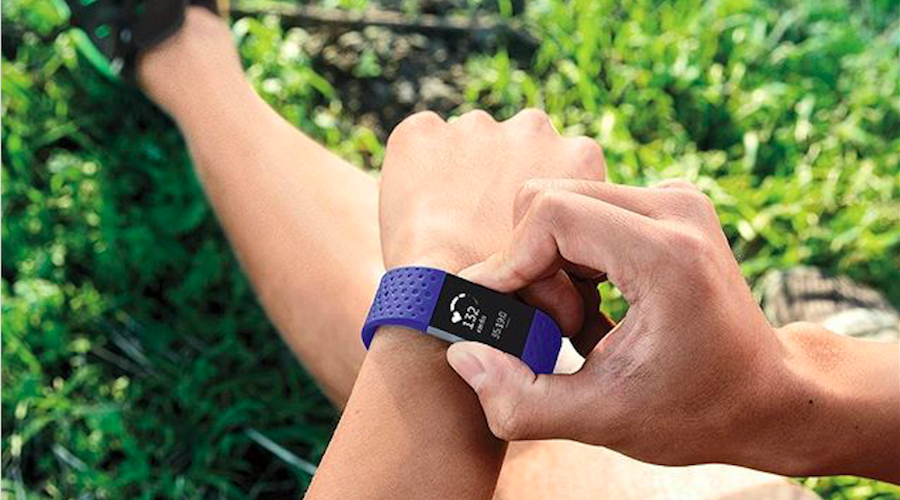The worldwide wearables market maintained its upward trajectory during the first quarter of 2017 (1Q17) with Xiaomi and Apple leading all companies and multiple products experiencing double- and triple-digit growth. According to the International Data Corporation (IDC) Worldwide Quarterly Wearable Device Tracker, companies shipped a total of 24.7 million wearable devices during 1Q17, up 17.9 percent from the 20.9 million units shipped in 1Q16.
“Fitbit finds itself in the midst of a transformation as user tastes evolve from fitness bands to watches and other products,” noted Ramon Llamas, research manager for IDC’s Wearables team. “This allowed Xiaomi to throttle up on its inexpensive devices within the China market and for Apple to leverage its position as the leading smartwatch provider worldwide. Now that Xiaomi and Apple have supplanted Fitbit, the next question is whether they will be able to maintain their position.
“However, by no means should Fitbit be removed from the wearables conversation,” continued Llamas. “With a user base of 50 million, a strong presence within corporate wellness, and assets that keep it top of mind for digital health, Fitbit is well positioned to move into new segments and markets.”
“The market is arguably still in the first phase of development, where companies are focused on seeding wearables into the market,” said Jitesh Ubrani senior research analyst for IDC Mobile Device Trackers. “It’s all about getting people accustomed to the idea of wearing a device. And the opportunity remains very enticing for traditional and fashion watch brands as the scale of the consumer electronics market far surpasses their world.
“The second phase of development will be all about putting user data to good use,” continued Ubrani. “This is when step counts translate into healthier hearts and minds. And it’s also when we will start to see devices that actually augment our abilities and make our lives easier or more productive rather than just being another screen we keep an eye on.”
Company Highlights
Xiaomi started 2017 as the co-leader of the worldwide wearables market alongside Apple, having spent several years as the number two or three company. More than 96 percent of its shipment volume – primarily fitness tracking wristbands – remained within China, and many were shipped as part of smartphone bundles to consumers. The company is branching out from wristwear, having announced its “90 Minutes Ultra Smart Sportswear” shoes powered by Intel’s Curie.
Apple saw sustained demand for its Watches nearly two quarters after the Series 1 and Series 2 versions launched to the market, and recorded the second highest year-over-year growth among the leading companies. The Series 1 and 2 have been a welcome change from the higher priced and undifferentiated experience found on the original Apple Watch from a year ago, attracting both first-time users and those seeking to replace their previous Watches.
Having led the wearables market for several years, Fitbit finds itself in third place to start off 2017. Still, the company believes that there is market need for fitness trackers with the launch of its Alta HR and continued popularity of its Charge 2 wristband and Blaze watch. Moreover, its recent acquisitions of Coin, Pebble, and Vector are expected to translate into the company’s first smartwatch.
Samsung led all companies in year-over-year growth, nearly doubling its wearables volumes from a year ago. Driving volumes higher were its Gear S3 Frontier and Classic smartwatches, which in many markets had their first full quarter of availability, as well as its IconX headphones and Gear Fit 2 fitness band. Altogether, the diversification of products is several steps ahead of Samsung’s smartwatch-only emphasis from a year ago.
Garmin’s shift from basic wearables to smart wearables continued in earnest during 1Q17, with total volumes for each nearly equaling each other. Key to this was the addition of Vivo- and Fenix-branded smartwatches that address citizen athletes and outdoors enthusiasts with third party applications beyond health and fitness. The introduction of the Fenix 5 also boded well for the company as the smaller size made the watch accessible to a wider audience.
Source Fitbit














